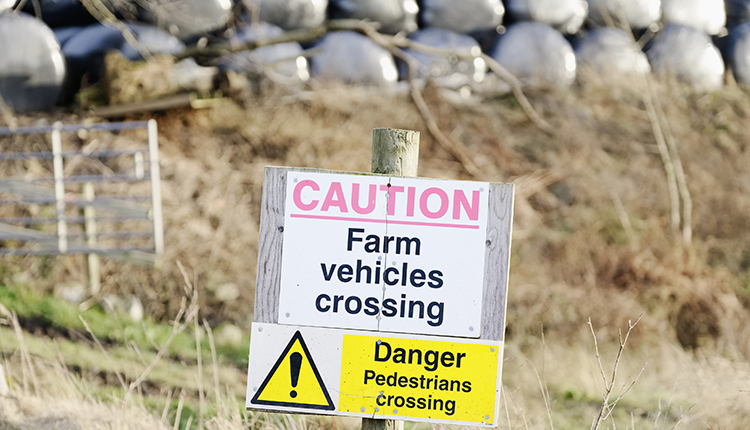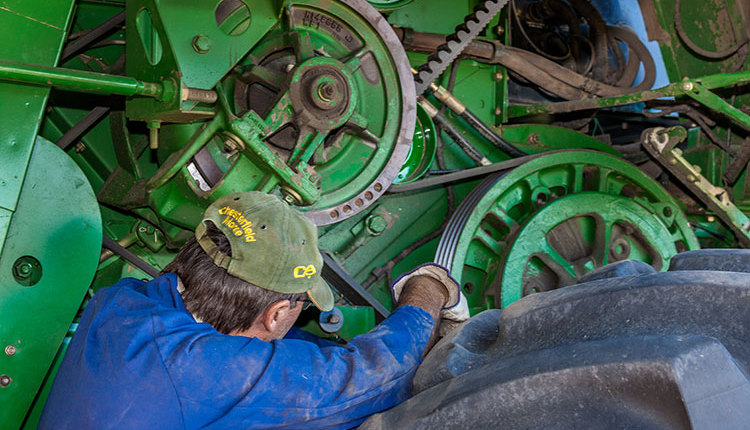
The farm press is filled with stories of farm injuries, workplace fatalities, and life-threatening health concerns from exposure to toxic gases, dusts, and other hazards. Articles and radio and television interviews often provide safety tips and other prevention recommendations.
All are important, but if you operate a farm, a critical key to effective farm safety and health management is a thoughtful, well-written workplace safety policy that you review often with all who live and work on the farm. The culture you communicate through a written policy sets the tone and expectations on dairy farms — whether you are milking 50 cows or 5,000.
Tips to get started
As a starting point, you can find a model farm safety and health policy and links to additional resources at: https://uwmadison.box.com/v/SunnyHillSafetyPolicy. This model policy has been reviewed by safety specialists, experts from the insurance industry, and attorneys.
Please feel free to use this sample as a template to get started. Your policy must be tailored to your farm’s unique features, and it’s smart to get input and tap the expertise of your insurer and other experts who might periodically visit your operation and have experience with a variety of other operations.
A well-written safety policy sets a clear tone and communicates expectations. It establishes a sense that “we are all in this together” and that everyone has a role to play in protecting themselves and one another from hazards that make agriculture the nation’s most deadly industry. Producers should recognize that many challenging issues that the dairy industry faces are closely connected to workplace safety and health. This includes employee retention, insurance costs, animal well-being and health, and product quality.
A safety policy is only a start.
Many farms now have an employee handbook and other documents that spell out additional workplace safety and health procedures and protocols. This reference should include highly detailed information about specific tasks, jobs, and roles on the farm such as milking, feeding calves, and operating specific machines . . . just to name a few.








